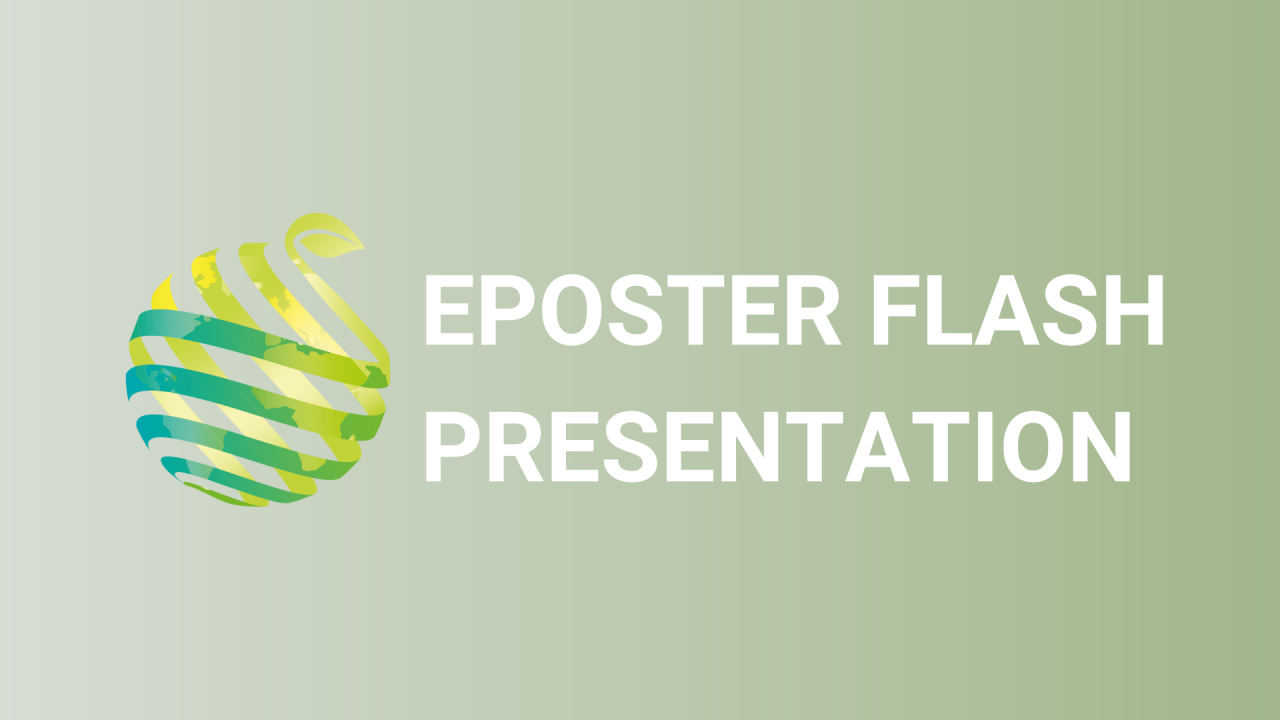

S12 - Session P1 - Using LiDAR technique and modified Community Land Model for calculating cherry canopy water interception
Information
Authors: Manuela Zude-Sasse *, Harby Mostafa, Nikos Tsoulias, Kowshik K. Saha
In precision agriculture, the application of light detection and ranging (LiDAR) sensors appears as a technique for plant-individual acquisition of 3D point clouds. In this work, LiDAR-based 3D canopy point clouds were applied for estimating the leaf and stem areas as the main factor for water interception by trees. The Community Land Model (CLM) was modified for calculating water interception by canopy. In this approach, trees were scanned to obtain 3D point clouds, from which the leaf and stem areas were segmented. The plant data were pre-processed and implemented into a modified CLM with and without wind influence, which takes into account canopy interception processes during rainfall events. The results showed that LiDAR can be considered an accurate method for estimating leaf area compared to manually measured values. In addition, the modified CLM model was capable of representing rainfall interception during all events, capturing low and extreme cases, with an average of 16.3 % and 22.9 % with and without wind, respectively. In commercial cherry production, the proposed method can support precise irrigation management.